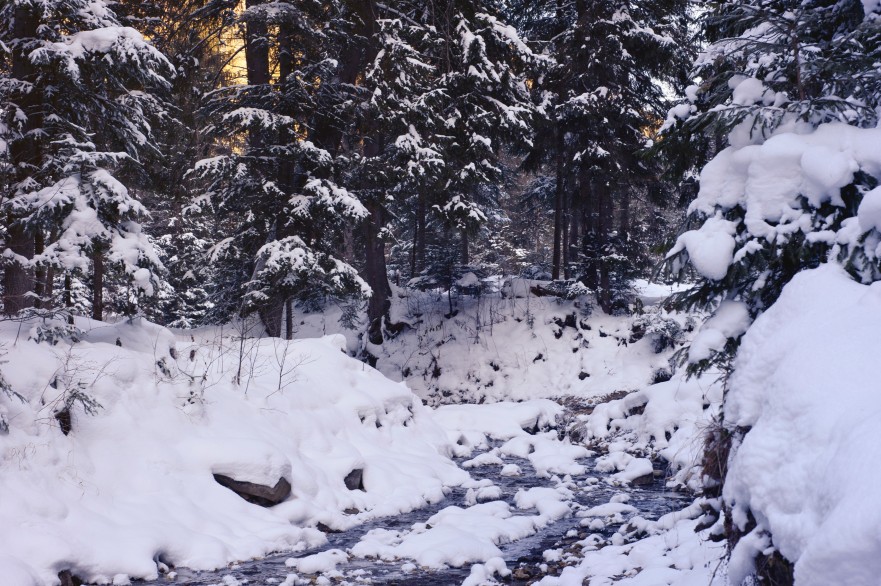When I moved from Pennsylvania to Flagstaff, I spent a good deal of time explaining to my friends and family that yes, it does indeed snow in Arizona. As we gear up for winter in the mountains, my thoughts have turned to snow days. My district plans for these days off; they build a few extra days into the spring calendar we use if school gets cancelled because of snow, or that remain as days off if we do not need them. But, what if you could plan and implement instruction even when your students are not in the building? That is what a remote school day can do.
I first read of this idea in Edweek. When school gets cancelled, instead of having a day off and making it up at the end of the year, students have a remote school day. In this scenario, teachers prepare a lesson or assignment for students to complete online. Usually the teacher’s instruction would be a review of content already learned so the students are capable of completing it mostly on their own. Students log on to do their work, and teachers have pre-communicated office hours during the day to answer student questions and provide feedback. When school returns the next day, everyone jumps back into learning without missing a beat.
The Benefits:
- No Missed Instruction- A snow day always throws off my rhythm as a teacher. There is something about having to reorganize my week and change deadlines that always makes snow feel like an inconvenience. With a remote school day, you can keep your students on track and moving forward with minimal interruptions. You will still need to make a few adjustments to your plans, but not as many as you would when losing a full day of instruction.
- Self-Directed Work- The best part of a surprise day off is the freedom to do what you want: sleeping in, drinking hot chocolate, catching up on your favorite shows. Since a snow day does not have the strict schedule of a regular school day, students can work at their own pace and take breaks whenever they need to. Students and teachers can even choose to work in their pajamas.
The Challenges:
- Access to Technology- Obviously not all of our students have access to a computer, tablet, smart phone, or even the internet. These students will need to have supplies checked out to them when it looks like there is a possibility of school being cancelled. Schools that are lucky enough to be 1:1 are already set up; others can use the same system we use to check out library books to lend students technology, including wireless hot-spots. Once students return to school, the technology is checked back in and ready to use the next time it is needed.
- Participation- It would be a challenging culture change to get students to rethink going to school remotely on what would usually be a day off. Without a large enough percentage of students participating, principals would not be able to count the time towards an instructional day. It would take buy-in from all the students to get everyone to participate. It would also take buy-in from all the teachers to make sure the instruction was worthwhile for students.
Not all schools in Arizona get snow; however, buses get stuck in mud, the power goes out, and water pipes randomly burst. There are always instructional days that end up getting cancelled for random reasons like these. While we cannot plan for every surprise day off, maybe some non-traditional solutions can help schools make up missed time and keep students learning.
Photo by Oleksandr Pidvalnyi from Pexels









